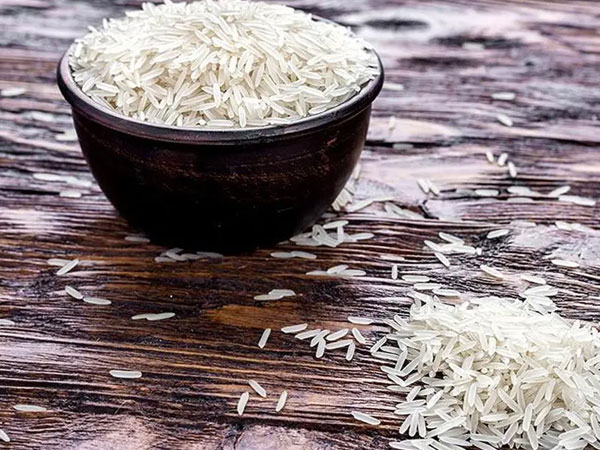 Rice holds profound cultural significance across the world, transcending its role as a dietary staple. As one of the oldest cultivated grains, rice has shaped civilisations, traditions and rituals, making it a symbol of life, sustenance and community.
Rice holds profound cultural significance across the world, transcending its role as a dietary staple. As one of the oldest cultivated grains, rice has shaped civilisations, traditions and rituals, making it a symbol of life, sustenance and community.
In Asia, where over 90% of the world’s rice is grown and consumed, the grain is deeply woven into daily life and cultural practices. For many Asian societies, rice is synonymous with food itself. In Japan, rice holds spiritual importance, featured prominently in Shinto rituals as an offering to deities. The Japanese term "gohan," which means cooked rice, also translates to "meal," emphasising its centrality in their diet. Similarly, in India, rice is a symbol of prosperity and fertility, playing a key role in ceremonies such as weddings and harvest festivals like Pongal.
Beyond Asia, rice holds cultural significance in Africa, Latin America and the Middle East. In West Africa, rice is integral to communal celebrations, with dishes like Jollof rice being a centerpiece at gatherings. It is not just food but a medium for social bonding, reflecting the community’s spirit. In Latin America, rice is a daily essential, often paired with beans to form a complete protein source. Dishes like arroz con pollo and arroz con leche are not merely meals but reflections of cultural heritage and familial traditions.
Rice also symbolises resilience and adaptability. It thrives in diverse environments, from mountain terraces to tropical deltas, embodying the perseverance of the communities that cultivate it. In Vietnam, the picturesque rice terraces are not only agricultural innovations but also cultural landmarks that attract admiration worldwide. Similarly, in China, the rice-growing regions along the Yangtze River have been centers of civilisation for millennia, influencing art, literature and commerce.
Moreover, rice plays a pivotal role in fostering cultural exchange. Its global spread, facilitated by trade and migration, has led to the creation of iconic fusion dishes and culinary traditions. From Italian risotto to Spanish paella, rice transcends borders, uniting diverse cultures through shared appreciation.
In essence, rice is more than a crop; it is a cornerstone of cultural identity and human connection. Its enduring presence in rituals, cuisine and art underscores its role as a unifying element in a diverse and interconnected world.













© Copyright 2025 The SSResource Media.
All rights reserved.